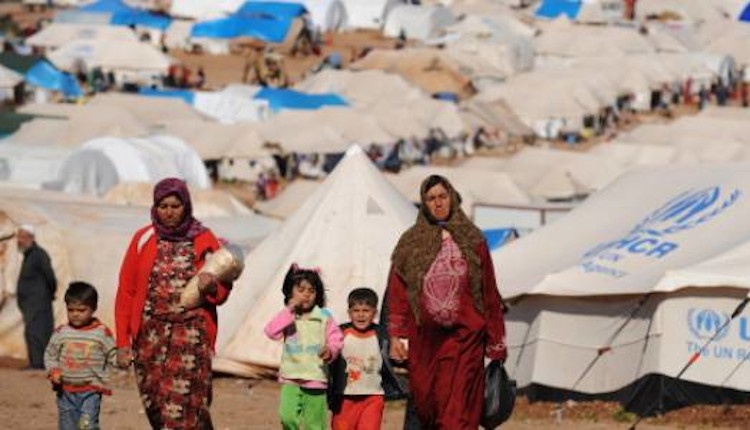
June: World Refugee Awareness Month. The important work of the UNHCR
June has been declared the World Refugee Awareness Month. Data that confirm how some people really need help. That’s why the UNHCR is keeping on providing help.
On June 2017, the UNHCR reported that the number of refugees in the world was the highest ever seen. Since there, Refugee Awareness Month is reminded.
June as Refugee Awareness Month. How many refugees are there around the world?
According to the UNHCR (link at the end of the article), today, at least 70.8 million people have been forced to flee their homes, worldwide. The saddest data is that among them are nearly 25.9 million refugees, over half of whom are under the age of 18, without counting the number of stateless people.
Millions of people have been denied a nationality. This means that these people do not have access to basic rights such as education, health care, employment and freedom of movement.
UNHCR workforce is always in action to assist the weakest ones. Its personnel work in 134 countries, with operators based in a mixture of regional and branch offices and sub and field offices. Among their services, we can find legal protection, administration, community services, public affairs and health. These are points that could be absolutely helpful to thousands of people who cannot find their identity.
UNHCR, data on forced displacement and stateless populations
The aim of UNHCR is to better protect, assist and provide solutions to displaced people. Indeed, the UNHCR tracks people forced to flee and use data and statistics to optimize its work.
So when for example a major displacement crisis erupts, we can predict how many people need help, what kind of help they need and how many staff we must deploy.
These figures are released every year in our Global Trends and Global Appeal reports.
For statistics and operational data that are essential for UNHCR operations, we collect and process data in a number of different systems that are fit for purpose. The Statistics Database carries information on country of asylum, country of origin and demographics on people of concern like refugees, asylum seekers, returned refugees, internally displaced and stateless people.
READ ALSO:
The concrete support of the WHO to migrants and refugees worldwide in times of COVID-19
The role of women in emergency situations – Refugee camps and relief environments
UNHCR – Will you stand #WithRefugees?
REFERENCES:
UNHCR Refugees Database



